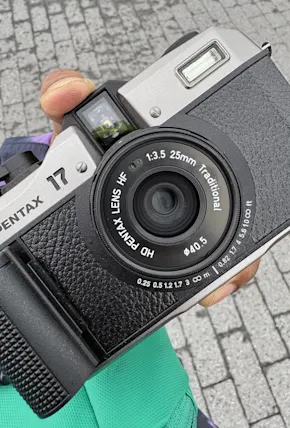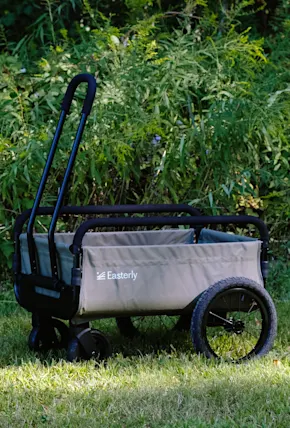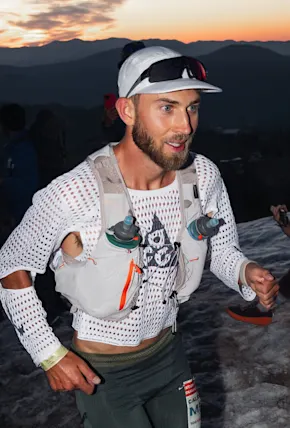Steve Andrews is a journalist and backcountry guide based in the Pacific Northwest. With two small children now in tow, he is focusing on raising the next generation of adventurers.
The sleeping bag is most people’s go-to option for sleeping outside, and for good reason. The simple design, with an enclosed end for your feet and (usually) a mummy-style hood you can pull over the top of your head, harnesses body heat to cocoon you in warmth. In the early 2000s, however, many thru hikers began to eschew the humble sleeping bag for backpacking quilts, which were constructed of similar materials—often goose down—but not designed to wrap around your entire body. Lightweight and highly packable quilts have grown in popularity considerably in recent years, especially among adventurers looking for ways to reduce their pack weight.
For those without quilt experience, the relative merits of sleeping bags and quilts might not seem clear. How could less material mean more cozy? The following guide is meant to help you understand the differences and why the choice between the two isn’t quite as clear cut as it may seem. Spoiler: what might be best for your next adventure comes down to a lot of factors, including that most fickle matter of personal preference.












